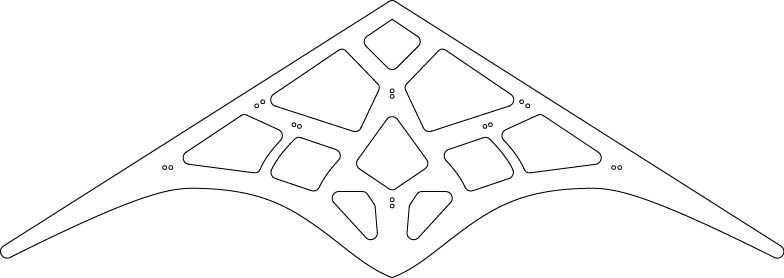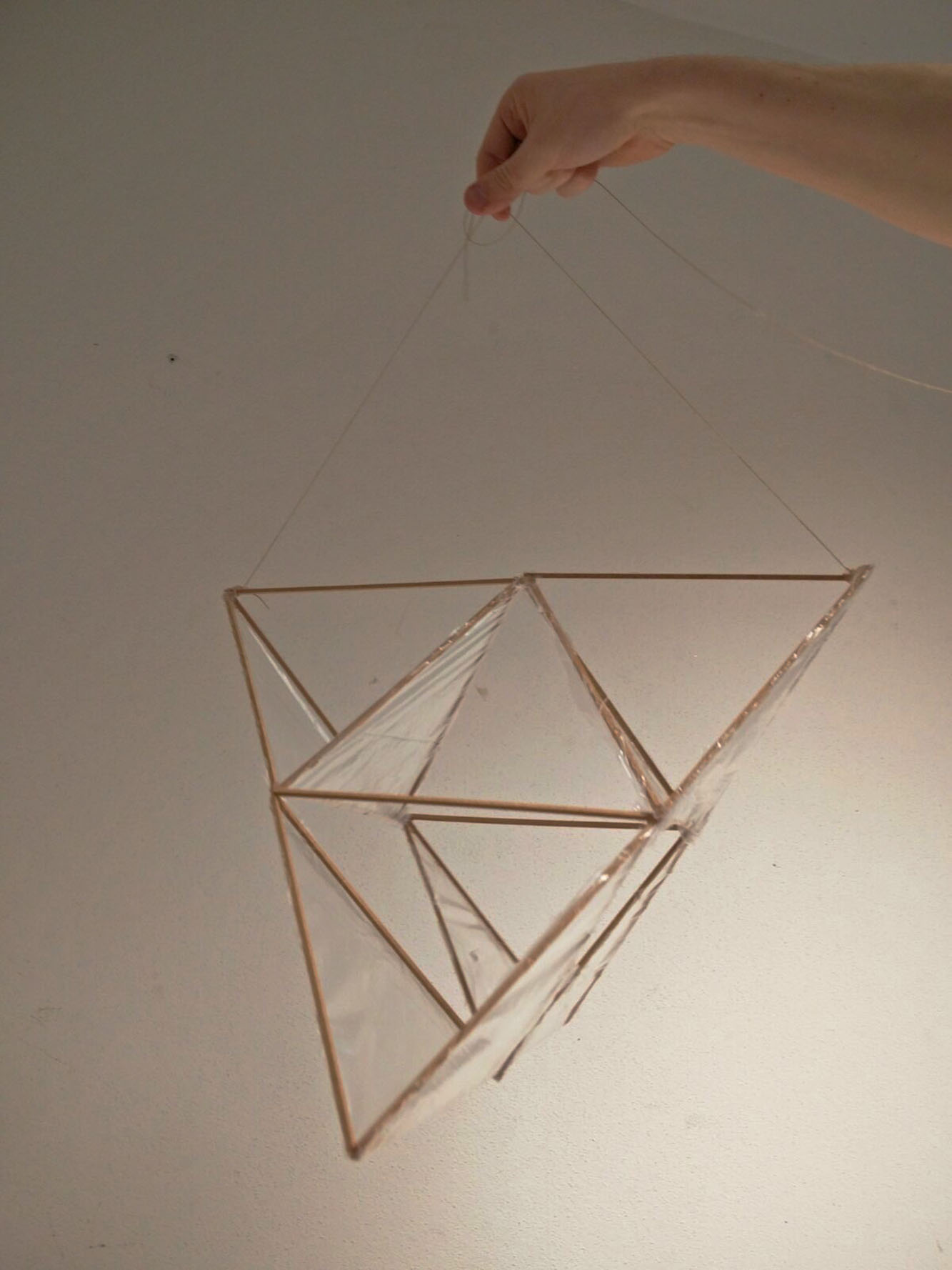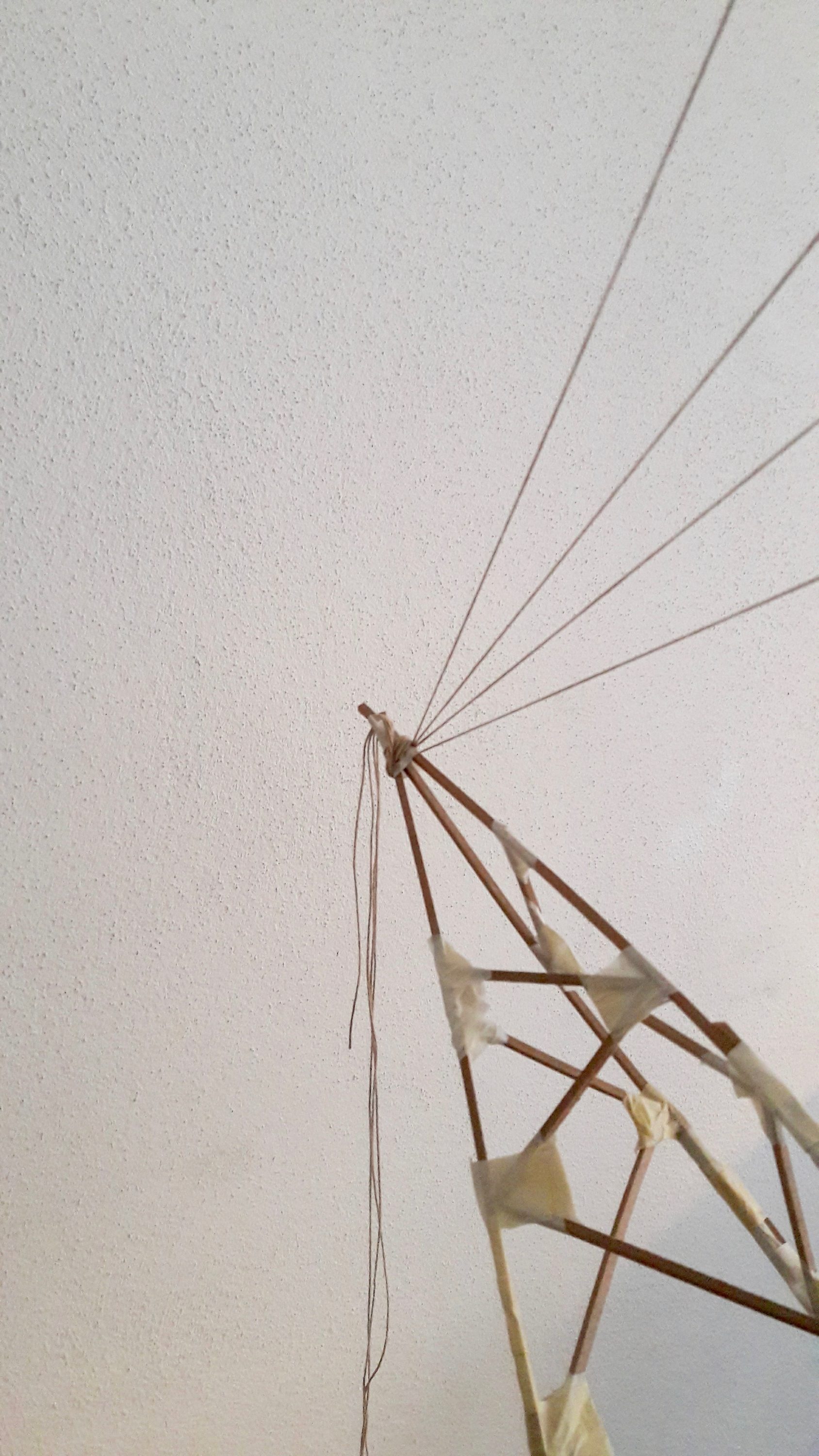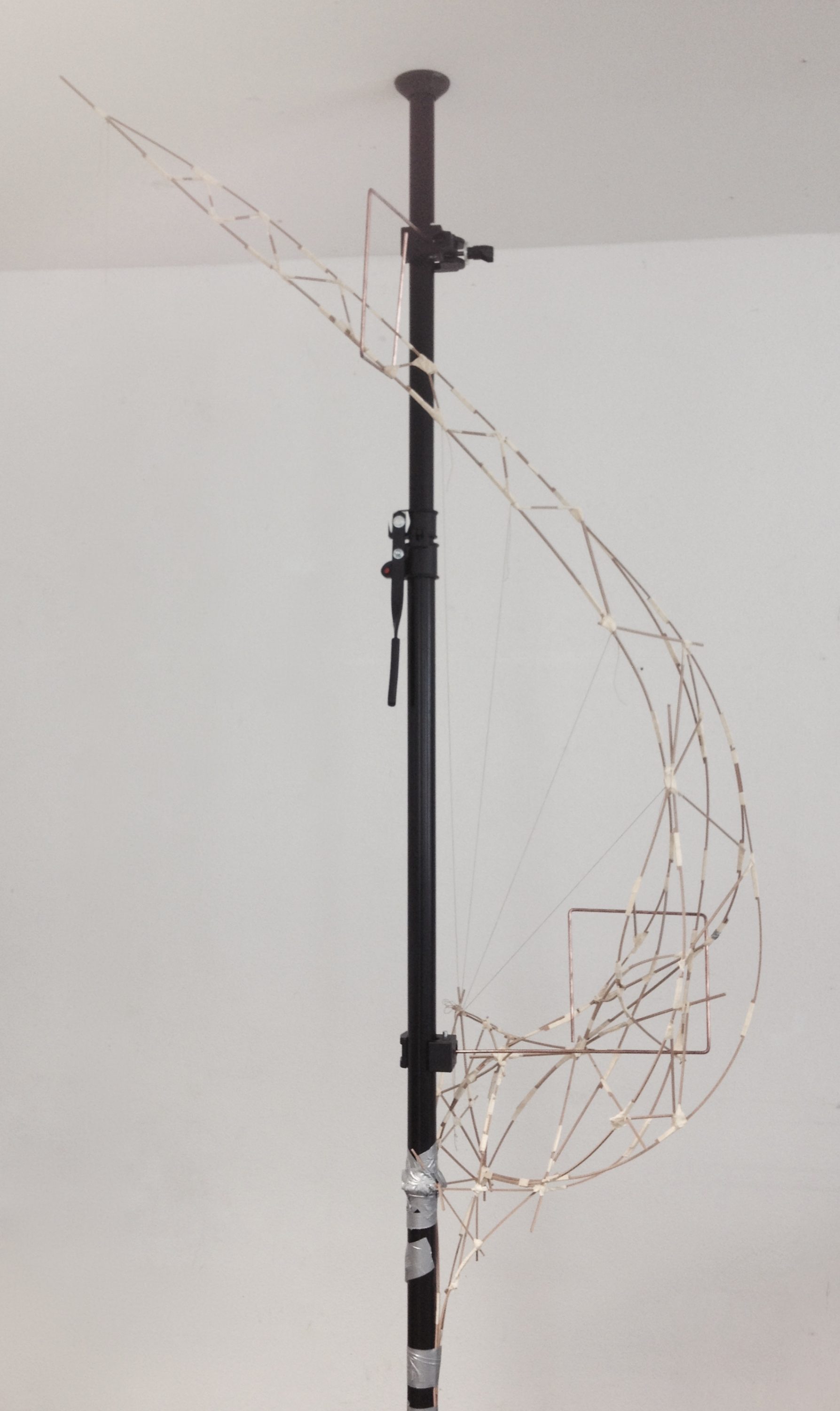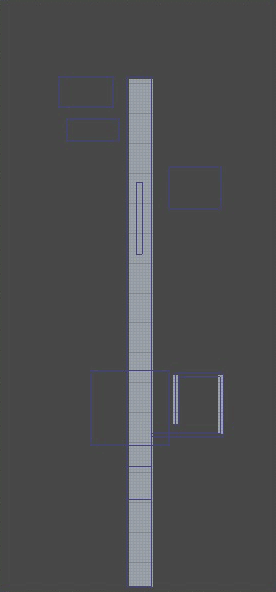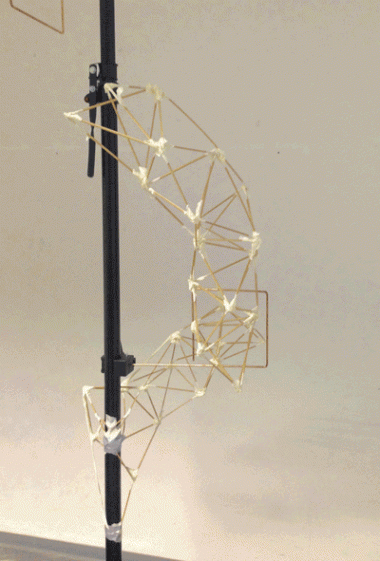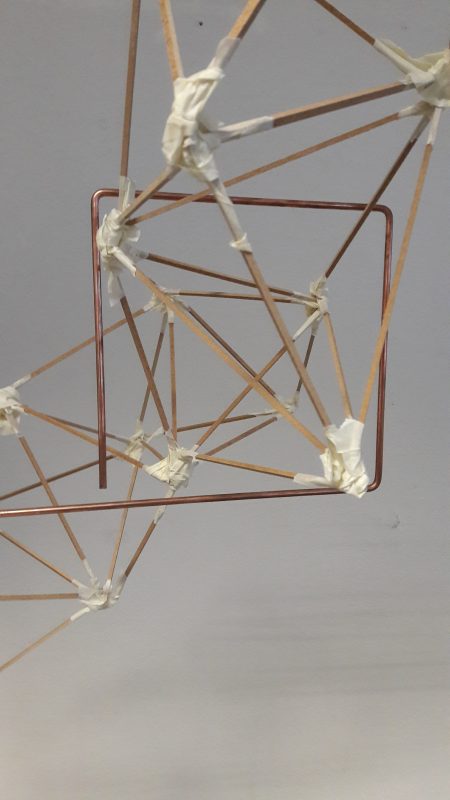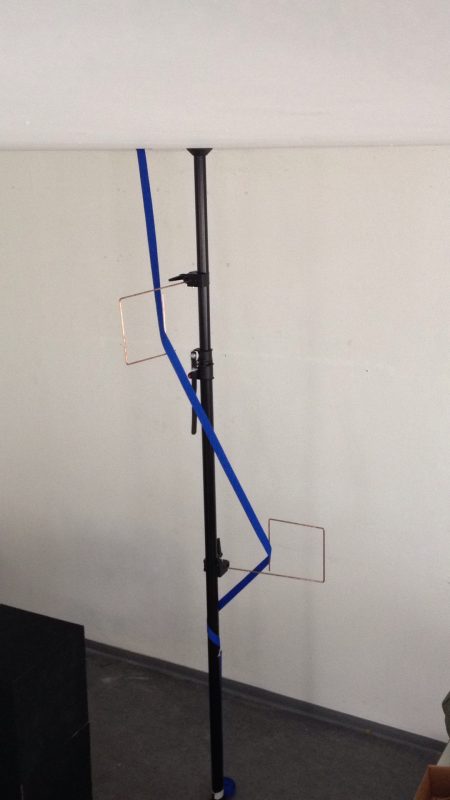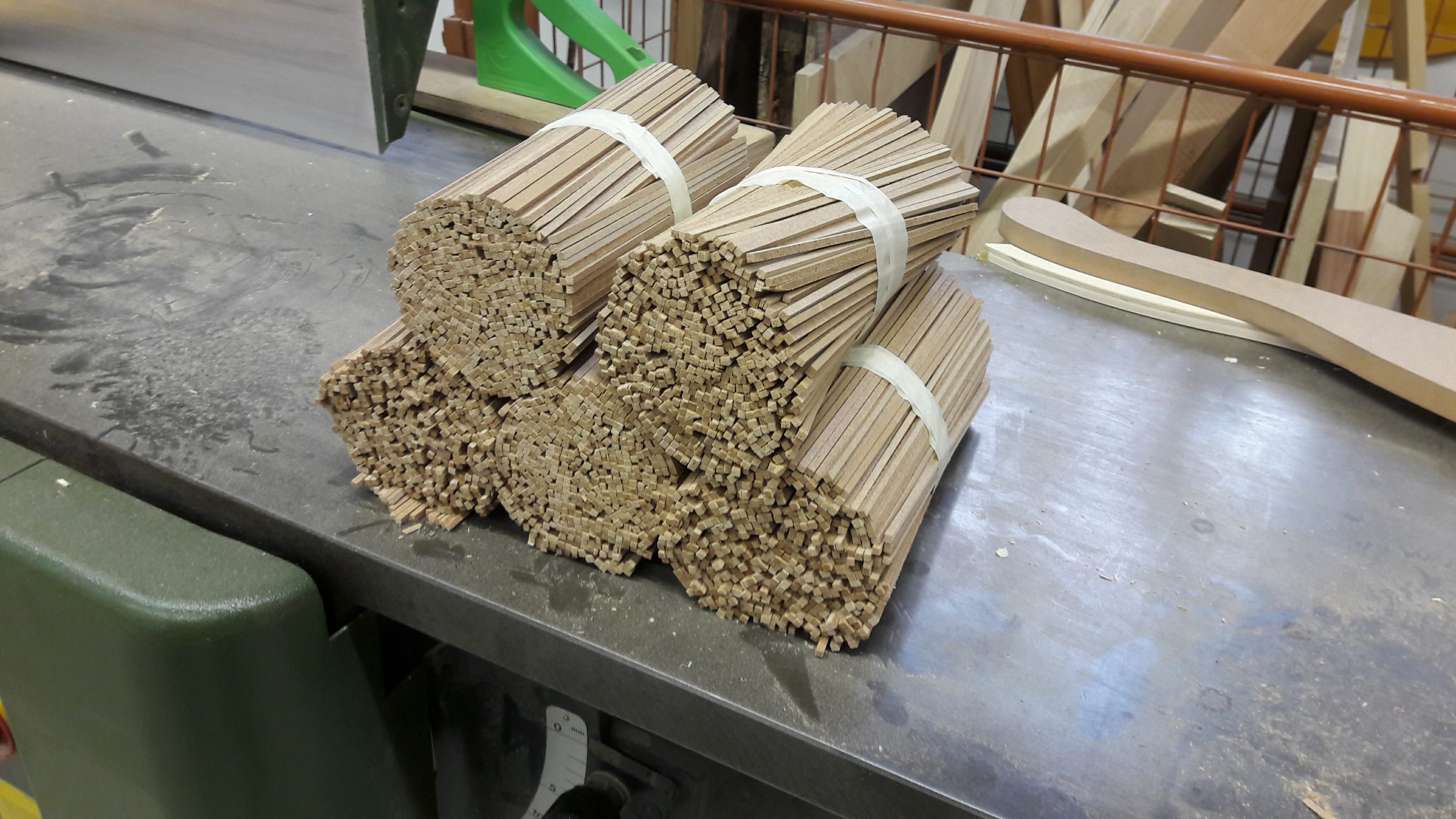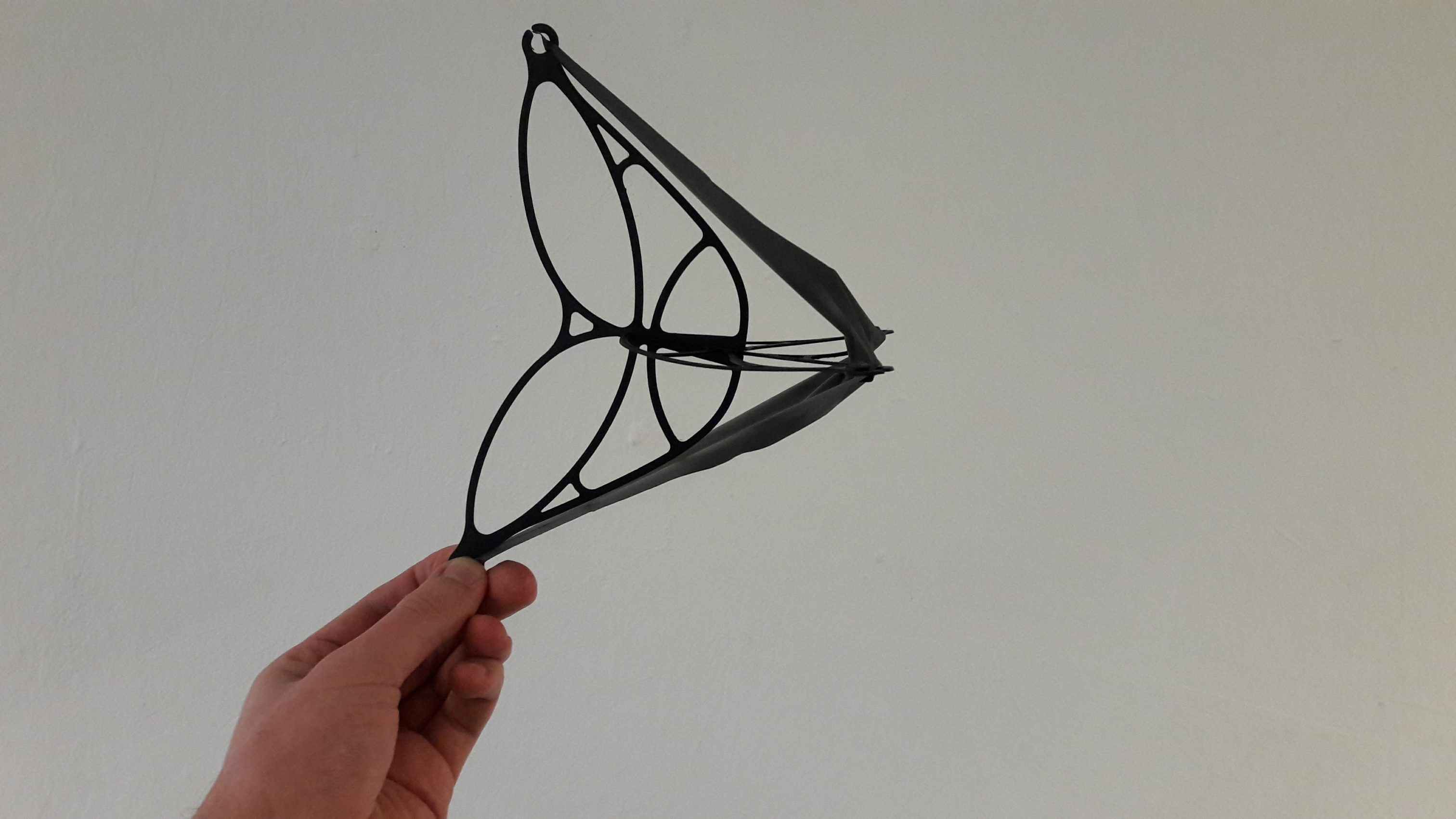
To evolve the tetrahedral kite, we had the idea to cut off the outlines of the tetrahedral structure and think about an optimized inner structure instead. After we had rebuild the original kite we wanted to see how the use of the 3d printer would affect the result concerning weight and materiality.


